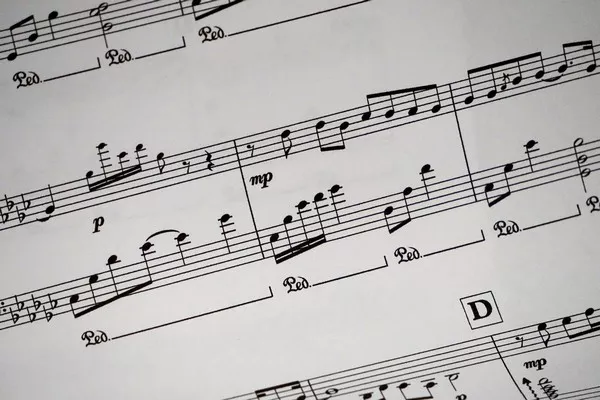In “The Outrun,” Saoirse Ronan delivers a compelling performance as a 29-year-old Scottish woman grappling with, and recovering from, the throes of alcoholism. Adapted from Amy Liptrot’s 2017 addiction memoir (with the protagonist now named Rona), the film, directed by Nora Fingscheidt of “System Crasher” fame, unfolds in a somber and structurally free-form manner. Despite the commendable acting and stylistic choices, the film struggles to ignite a sustained narrative spark, leaving it mired in a sense of drabness.
Set against the stark beauty of the Orkney Islands, the film mirrors Rona’s inner turmoil with the desolation of the landscape. Fingscheidt skillfully captures the island’s black rocks, crashing waves, and barrenness, drawing parallels to Rona’s isolation and the mystic connections that could potentially save her. While the film’s visual elements are specific, they tend to veer towards the generic, lacking forward momentum as the narrative unfolds through time leaps.
“The Outrun” attempts to transcend the clichés often associated with addiction dramas by embracing the familiar, as if to say, “Nothing new here. Just misery. But behold the feelings.” Rona’s journey, from her upbringing on Orkney to her struggles in London, where she spirals into alcoholism while pursuing a career in biology, is portrayed without dramatic embellishments. The film focuses on the singular journey of a spirit ensnared in addiction, employing a non-linear timeline to explore Rona’s emotional landscape.
However, the abstraction of Rona’s journey may leave some viewers detached. Unlike other addiction films, such as “To Leslie,” where Andrea Riseborough infused the character with a palpable danger, “The Outrun” struggles to convey the hunger that drove Rona to her destructive path. Ronan’s meticulous portrayal, while showcasing bad behavior, falls short of projecting the necessary urgency.
Fingscheidt cleverly employs Rona’s changing hair color to denote different phases of her journey, a visual cue for the audience. Yet, despite occasional moments of connection, the film lacks the gripping intensity found in similar narratives. While the Orkney Islands provide a therapeutic backdrop for Rona’s recovery, the film’s repetitive and numbing stretches contribute to a sense of ennui.
“The Outrun” may resonate differently with audiences, and its exploration of themes like isolation and self-discovery amid addiction offers moments of contemplation. Yet, despite the film’s competent execution and Ronan’s committed performance, it falls short of creating the visceral impact one might expect from a story of addiction and redemption.


























